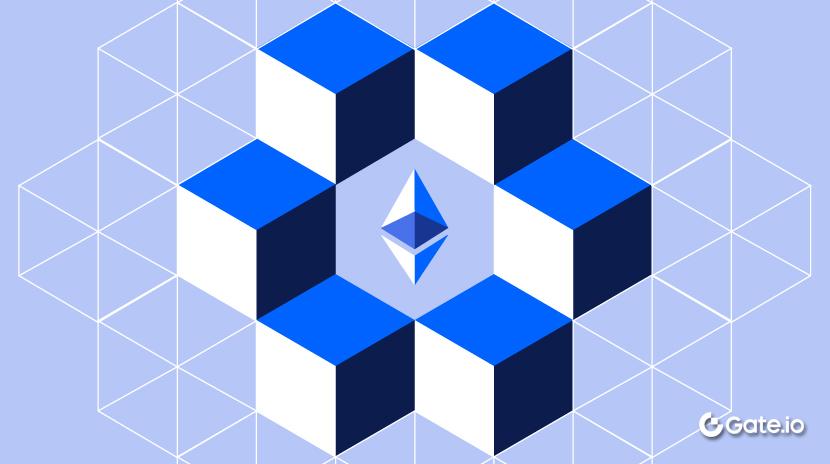ETH/BTC

La paire de trading ETH/BTC occupe une place majeure sur le marché des cryptomonnaies, car elle matérialise le ratio de prix entre Ethereum (ETH) et Bitcoin (BTC). Ce couple offre aux investisseurs la possibilité d’acquérir de l’Ethereum directement avec du Bitcoin, sans passer par la conversion du Bitcoin en devise fiduciaire. En constituant un indicateur direct de la relation de prix entre les deux cryptomonnaies les plus capitalisées, la paire ETH/BTC fait office de baromètre essentiel du sentiment de marché et des flux de capitaux.
Une hausse du ratio ETH/BTC témoigne d’un renforcement de la valeur d’Ethereum par rapport au Bitcoin, interprétée généralement comme un signe de vitalité du marché des altcoins et révélant une réorientation des capitaux vers des actifs à risque supérieur. À l’inverse, un recul du ratio ETH/BTC indique une attraction accrue des capitaux vers le Bitcoin, signalant possiblement une phase de prudence des investisseurs. Ces fluctuations relatives fournissent de précieuses informations stratégiques aux acteurs du marché des cryptomonnaies.
Plusieurs éléments caractérisent la paire ETH/BTC. D’abord, sur le volet de la part de marché, elle affiche un volume et une profondeur de transaction élevés sur la majorité des plateformes d’échange de référence, la positionnant parmi les paires les plus actives après BTC/USD et ETH/USD. Du point de vue historique, le ratio ETH/BTC a traversé de fortes variations depuis le lancement d’Ethereum, évoluant entre 0,01 BTC et des sommets historiques proches de 0,15 BTC. D’un point de vue technique, cette paire s’avère précieuse pour les stratégies de trading algorithmique et d’arbitrage, de nombreux traders quantitatifs élaborant leurs modèles sur le mouvement relatif du prix ETH/BTC.
En ce qui concerne l’impact sur le marché, la paire ETH/BTC dépasse le simple ratio de prix et devient un indicateur structurant pour l’état global du marché crypto. La rupture de niveaux techniques clés peut entraîner des réactions d’ampleur sur l’ensemble du marché. Lors des phases de « saison des altcoins », la progression du ratio ETH/BTC précède fréquemment un essor remarquable des tokens à faible capitalisation. Par ailleurs, pour l’écosystème de la finance décentralisée (DeFi), la stabilité de cette paire est fondamentale pour les protocoles interchaînes et les pools de liquidité articulés autour de l’ETH et du BTC.
La paire ETH/BTC présente toutefois certains défis et risques. La volatilité constitue un facteur central, cette paire pouvant subir des variations extrêmes lorsque ETH et BTC évoluent fortement mais de façon opposée. Par ailleurs, le risque de divergence technique est significatif : des évolutions majeures du réseau, telles que la transition d’Ethereum vers le proof-of-stake, peuvent induire des transformations profondes affectant le ratio de prix. Enfin, le risque de liquidité peut surgir sur certaines plateformes, particulièrement en période de tension extrême sur les marchés, avec une raréfaction soudaine de la liquidité ETH/BTC et une augmentation du slippage.
La paire ETH/BTC est ainsi incontournable pour l’ensemble du marché des cryptomonnaies. Elle constitue à la fois un outil de transaction directe entre les deux actifs majeurs et un indicateur clé pour l’analyse des cycles de marché, du sentiment des investisseurs et des flux de capitaux. À mesure que l’écosystème crypto s’affirme, cette paire demeure une référence centrale et un véritable benchmark pour les décisions d’investissement. Pour les traders et investisseurs, le suivi attentif du ratio ETH/BTC s’avère déterminant pour saisir les dynamiques du marché et optimiser leurs stratégies, notamment lors des phases de basculement entre domination du Bitcoin et cycles porteurs des altcoins.
Partager
Articles Connexes

Comment miser sur l'ETH?

Les 10 meilleures entreprises de minage de Bitcoin
